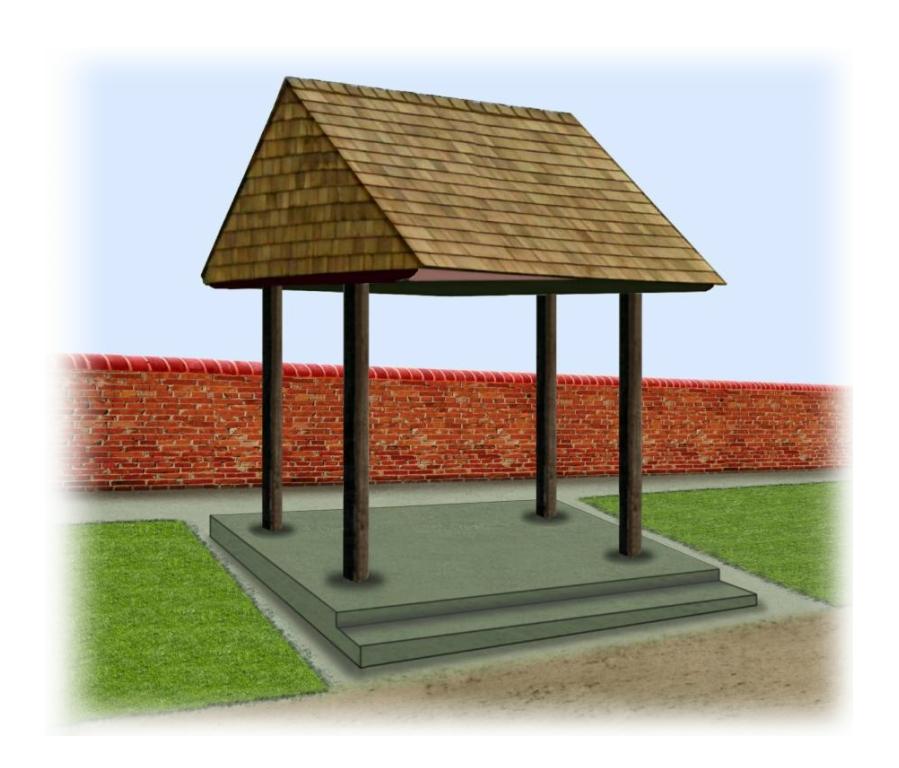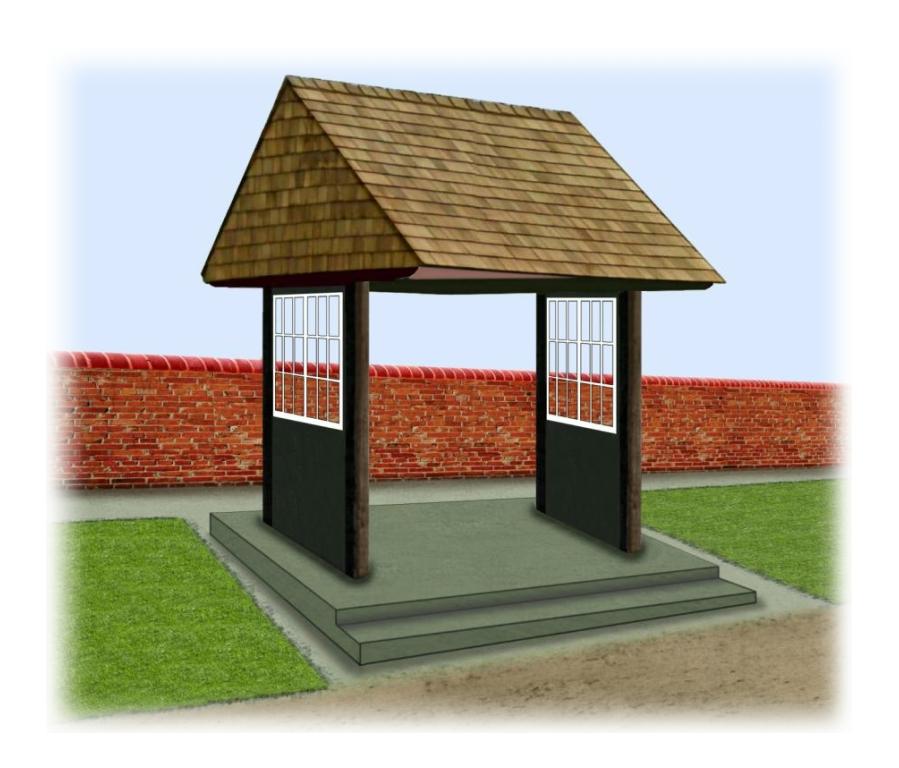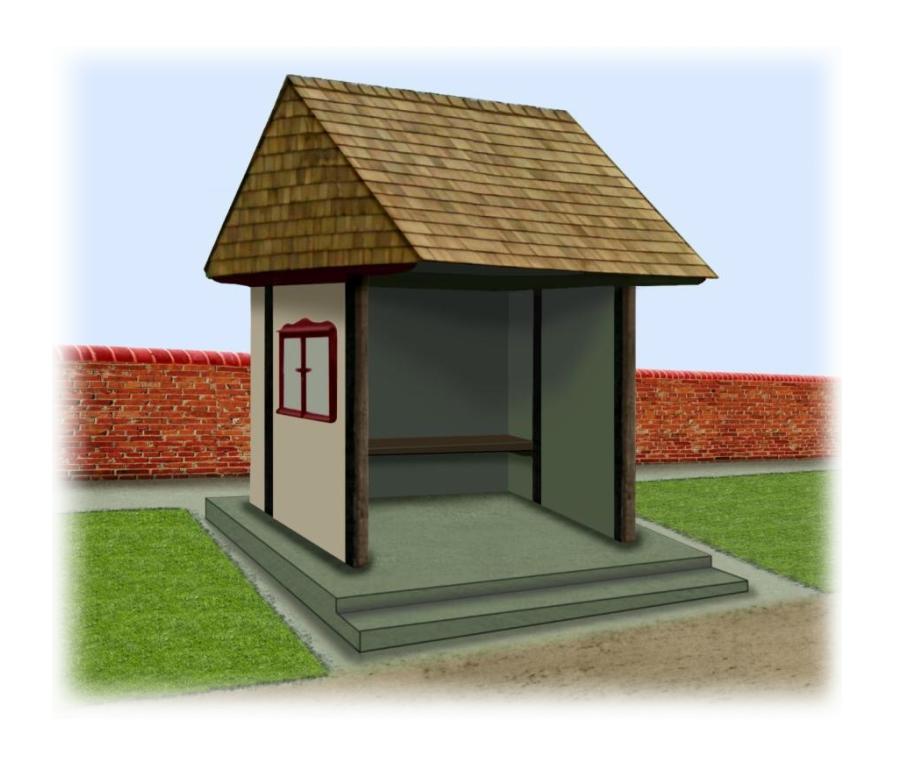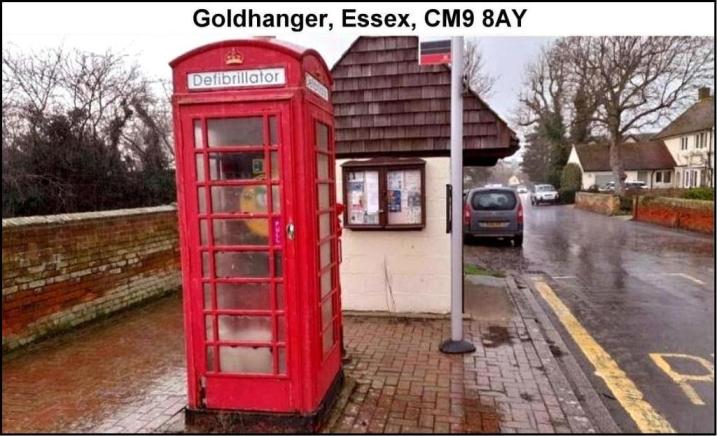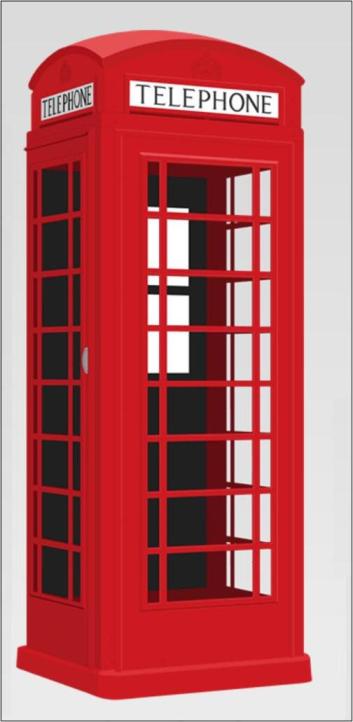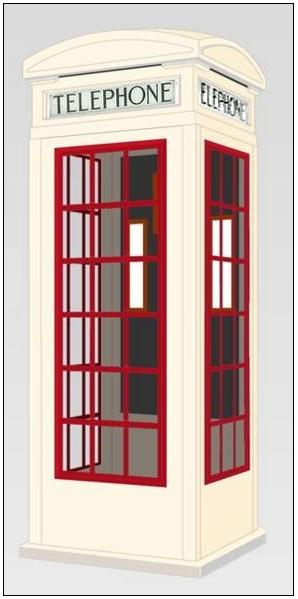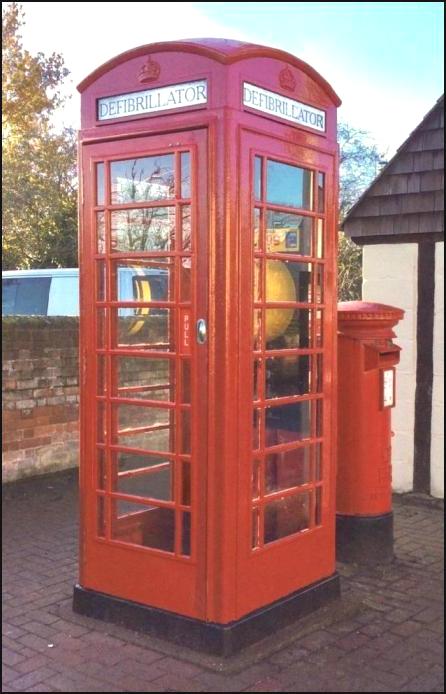
Did
you know about...
|
within this
webpage. . . o Blocks of stone that proliferate the Creek o Goldhanger Hall - where is it? o Lewis Carroll hears of the local treacle pits o School bell moved to church tower o Bricked up orifice in the Church bell chamber o Church Farm Model-Ts struggle up Market Hill o Workers stream out of the village on cycles o The Goldhanger Players and the Redgraves |
in separate
webpages on this site. . . o Tragedies, accidents and incidents o Goldhanger's Red Brick Walls o Village meeting places - past & present o A History of the Village Hall o Societies and Clubs from the past o Eletrophants at Folly Faunts o The effects of the Reformation o Plans from the past that never happened o Public Health at Goldhanger in the past o Charities for the sick and poor |
|
these items
are not arranged in any particular order |
|
Ancient
wooden posts in the Creek
There are many small pieces
of ancient wood projecting out of the mud in The Creek, particularly on the
north side about 100yds east of the remains of the wreck of Snowdrop.

There has been much speculation as to their origins:
o Fishing weirs or Kettles used
to catch shoals fish See... fishing in the Estuary
o An earlier wooden abatement
or seawall that took a different path to the present walls. See... Seawall construction
o Part of an enclosure that made
the creek into a harbour (there are also many stones in this area)
o A jetty used by fishing
smacks in the 18th &19th centuries. See... fishing
in the Estuary
o Part of a tide mill or water
mill that has been referred to as being near Goldhanger in the past. See... Watermill at Goldhanger
o A Roman pier. A letter in
Essex Countryside of 1970 recorded that a Roman pier was uncovered in the Creek
in 1947.
o A barrier placed at or near
the pier in the 1950s by Crawshay Frost to gain access
what he believed was a buried Roman ship
More about Ancient wooden Posts in the Creek, and more about . . . Archaeology
Blocks of stone
that proliferate the Creek
There are several theories as to the origins of the seaweed covered natural stone, that proliferates the foreshore of the Creek and Estuary close to the seawall:
o Some of the stones could have
been part of consignments of stone brought by barge from Kent to build and
repair the Church (the only stone building in the village).
o Some are said to have arrived
on barges as ballast. The stones were then dumped overboard before loading the
barges with local agricultural produce that was destined for London.
o When the old London Bridge
was demolished in the 1820s stone and rumble was brought to Goldhanger and used
to build up the seawall.
A piece of
this carved masonry is still in the village.
o Some natural stone used in
early seawalls was displaced when a concrete lining was added after the 1953
floods and the stones were just left on the foreshore.

More about . . . Archaeology
Goldhanger Hall-
where is it?
The existence of a medieval
"Goldhanger Hall" located in the field behind St. Peter's Church and
The Chequers has been postulated in several documents including: Goldhanger - an
Estuary Village written by local historian Maura
Benham, and is referenced in Excursions in the County of Essex written
in 1818 and in Whites directory of 1848. The presence today of Hall Farm in Church Street, near the Church, also
suggests that there was once a hall close by.
It is said that before the seawall existed, the Creek, or a stream flowing into the Creek, once came up near to the Church and the Hall, "providing a means to bring goods by water to the church, rectory and tithe barn". Village smuggling stories also refer to a tunnel linking The Chequers with the Hall and the Creek as part of a route for "free trade" goods.
Crop marks can be clearly seen in the field behind St Peters Church at certain times of the year, as shown in these aerial photographs . . .


2003
2005
The postcard scene shown
below and dating from around 1920, which was taken from the seawall and looking
towards the Church, shows a mound in the field adjacent to the south-east
corner of the graveyard in the vicinity of the cropmarks...

However, an archaeological dig in this field in 2011
revealed only a mixture of old coins and a dump of red bricks dating from the
18th or 19th century and probably part of a previous
Churchyard wall. More recently local newspaper cuttings from 19th
century that have become available indicate that both Hall
Farm and Falcons Hall have in the past been
referred to as The Hall.
Summertime casual
workers
There has been a longstanding
tradition for summertime casual workers to stay in the village and earn their
keep by fruit picking. Early in the season it would be peas, them strawberries
and finally plums, pears and apples. Postcards sent from the village back to
London record that many people treated this as their annual summer holiday, as
the village is ideally situated close the estuary and beaches. Some were
accommodated in tents in a field just behind The Chequers, some in caravans and
some took lodgings in the village as this Parish Magazine article written by
the Rector, the Revd. Gardner, in July 1919 records:
Warning
It has become increasingly the fashion for some
years past for a host of ungodly people to come and squat themselves in our
midst for the greater part of the summer. They get themselves billeted in
the houses of our people, who are expected to wait on them both week day and
Sunday. Now for the most part these people have no use for the House of
God, nor yet for the sacraments, and moreover they are of small benefit to
anyone here.
He then castigates his
parishioners for . . .
. . .using all this waiting on the ungodly on
Sundays as an excuse for not coming to church.
One can only wonder why the
villagers felt the need to wait on these "ungodly people" all day.
Lewis Carroll hears
of the local treacle pits
Author of Alice in
Wonderland, Lewis Carroll is said to have stayed at the Goldhanger
Rectory, now called Goldhanger House, as the guest of the Revd. C B Leigh at about the time the story of Alice in
Wonderland was being written around 1865. It has been claimed that the idea for
the treacle mines in the story was founded on the legend of the Tudwick Road
treacle pits which Carroll could have learnt about while staying at the
Rectory.
A long, and apparently serious article about the Tudwick Road treacle pits was written by Police Sergeant Ken Ranson and published in the 1972 winter edition of the Essex Police Magazine. The article explains that the molasses originated from sugar beet imported from the continent through Essex ports and stored in fields along the Tudwick Road, but never used due to a collapse in prices. A copy of the article is available here... The Teacle Pits of Tudwick .
The Great Tide of 1736
In 1736 an exceptionally high tide destroyed parts of the Goldhanger seawall, swamped decoy ponds and caused in the death of five Goldhanger men.
From the Newcastle Courant of
1736:
On Monday last a most melancholy Accident happened
at Gold Onger near Malden in Essex, where Mr. Cooper, Master of the famous
Decoy there, which furnisheth most of the Market-Towns thereabouts with
Wild-Fowl, being at work with five of his men in the said Decoy, a sudden
Inundation of the River happen'd, and the waters came with such Rapidity and
Force, that in a few Minutes about ten Miles of Land were laid under water: Mr.
Cooper, with much Difficulty, sav'd himself in his Boat; but the five other Men
perish'd in the View of many hundred People, none of whom could afford them any
Succour.
More about the Flooding in the past, and news from the past at . . . Early court and newspaper reports
School bell moved to church tower
When the Church of England sold the village school building in 1977, locals people who were unhappy about the school closure and the sale of the building, removed the school bell from its belfry to the church tower "for safe keeping". Twenty years later when the school re-opened as a nursery the bell was re-installed and is now regularly rung at 9.15am.
Bricked up orifice in the Church bell
chamber
Part of the north orifice of St Peters Church bell chamber is bricked in with red bricks. For the one hundred years before 1980 the nearest building in the direction shielded acoustically by this in-fill was the village school. As bell ringing only normally takes place at weekends and on practice evenings and hardly ever during school hours, an explanation is hard to come by. It could an indication that when the red-brick school was built in 1875 there was a striking clock in the Church tower that could have disturbed the children.
The only evidence of there every having being a church clock is visible just at sunset when a faint round depression appears on the north face of the tower...

Church Farm Model-Ts struggle up Market
Hill
In the first half of the 20th century Church Farm, also called Glebe Farm and Old Rectory Farm, prospered as a fruit farm growing apples, pears, plums and greengages. See.. Goldhanger Lost - Tithe Barn & Glebe. Farmer Charles Page had a reputation for innovation and applied his engineering skills across the business. He produced plum and greengage jam commercially and even developed his own bottle-washing machine using wind power and water from his own well.
He was the first person in the village to own an automobile and later acquired several Model-T Fords to deliver his produce to customers and to the railway goods yards. Regular deliveries of apples were made to West Station Yard in Maldon, which involved going up Market Hill. Early Model-T Fords could not make it up this hill fully loaded but it was realised that if they went up backwards they could make it. Two reasons have been given for this phenomenon: the vehicles had a lower reverse gear than first gear. The alternative reason was that early Model-Ts had no fuel pump and with the petrol tank at the rear the fuel didn't reach the engine on a steep hill going forwards.
Workers stream out of the village on cycles
After the second World War the Marconi factory in Chelmsford prospered making radios and then televisions with wooden cabinets. These cabinets were made by Sadds in Maldon and they too prospered and recruited large numbers of cabinets makers. Sadds offered much higher wages and better conditions than those given to farm workers in the 1940s and 50s, so there was a mass exodus from the village each day by bicycle towards Maldon.
The Goldhanger Players and the Redgraves
An
extract for the memories of the late Cyril Southgate
The Goldhanger Players were formed in the years just before WWII and many local people were involved over the ensuing years. Maude McMullen was president and producer of many of the productions. She was a grand lady who loved the village and its activities. With her husband she lived in Follyfaunts and later moved to Rockleys where they converted a barn for social events with the help of Goldhanger builder Bernard Mann.
|
They entertained many guests, including Sir Michael Redgrave and
his wife Racheal Kempson, who was Mrs McMullen's sister. Their daughter Vannessa
Redgrave also stay for holidays. During the war the Kempsons lived in Corner
Cottage, Church Rd. Vannessa Redgrave opening a "Bell Fair" in the village Hall |
|
||
|
|
Many plays were performed in the Village Hall including Shakespeare's Twelfth
Night and The Merchant of Venice. Mrs McMullen, or Mrs Mac as she was affectionately
known, loved costume plays, and obtained beautiful costumes from London
theatrical agencies through her family contacts. The performances ran for two or three evenings including a
Saturday, after which all the cast and helpers would enjoyed a social evening
in the Rockleys Barn. |
|
|
During the winter months the barn would be brightly lit, there
would be a great roaring fire with logs two feet long, with much party fare provided
by the wonderful Mrs Mac and her husband. He loved to wear evening dress for
these occasions and played a beautiful grand piano, which was on a raised dais
at one end of the barn.
A Watermill at Goldhanger ?
The Evangelical Magazine and Missionary Chronicle of 1842 had an advertisement for an apprentice at the "water corn-mill at Goldhanger near Maldon". The millers name was James Wood. We know there was a windmill in the centre of the village at this time but it seems unlikely that there was ever enough water flowing through or near the village to support a water wheel, although there were many water mills in the area at that time.
There are other indications that there was once a watermill near the village. In Goldhanger - an Estuary Village, Maura Benham wrote:
"The
Jarpenville family settled at Little Totham in the 12th century . . . part of
the estate was handed over to Philip and Matilda in 1271 during the lifetime of
Matilda's father, Roger de Jarpenville, and included was a water-mill at
Goldhanger 'with suits and all other things appertaining to that mill".
In the 1820 Tithe Awards for Goldhanger, James Wood is listed as the tenant farmer of Jehews Farm, now called Vaulty Manor, which included a Wash Bridge field, so the stream at Wash Bridge and Wash Lane, which has a large enough water flow, anda possible location of this watermill.
The deeds of properties held by the Coape family in 1845, now in the Essex Records Office, refer to: Vaultys Farm in Lt. Totham and Goldhanger; Wash Farm alias Gardners Farm and Decoy Farm: messuage, windmill and watermill.
To complicate the matter further, a related deed of Saltcote mill refers to: a water or tide-mill near to or upon aforsaid premises. So it was probably the tide-mill at Salcote, both at one time within the Lt Totham-cum-Goldhanger Parish, was the location of the watermill with a Goldhanger address. More details of this in... The Barrow Marshes.
The Bus Shelter in The Square
Surprisingly this humble Bus Shelter has an interesting past. It was built to commemorate the Coronation of King George IV on 12 May 1937 and has this wording carved on the inside of the shelter along the full length of the front beam...
“ TO COMMEMORATE THE CORONATION OF H M KING GEORGE VI AD 1937 ”
When the shelter was first built it was completely open with no sides or back, then later (probably just after WW-2) sides with two windows were added. The shelter was modified yet again (probably in the 1960s) to fill in the back wall, provide a seat and remove the windows. The changes are shown in this two postcard extracts and a modern photo...
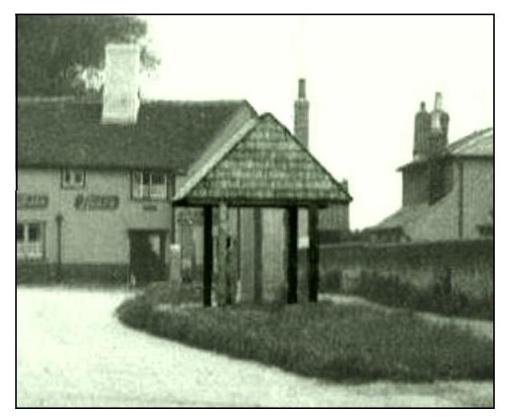
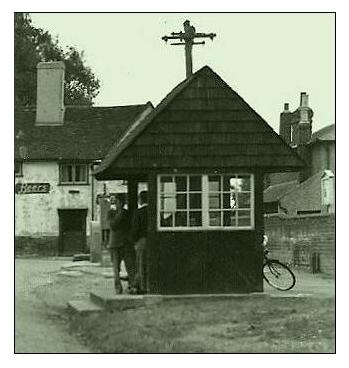
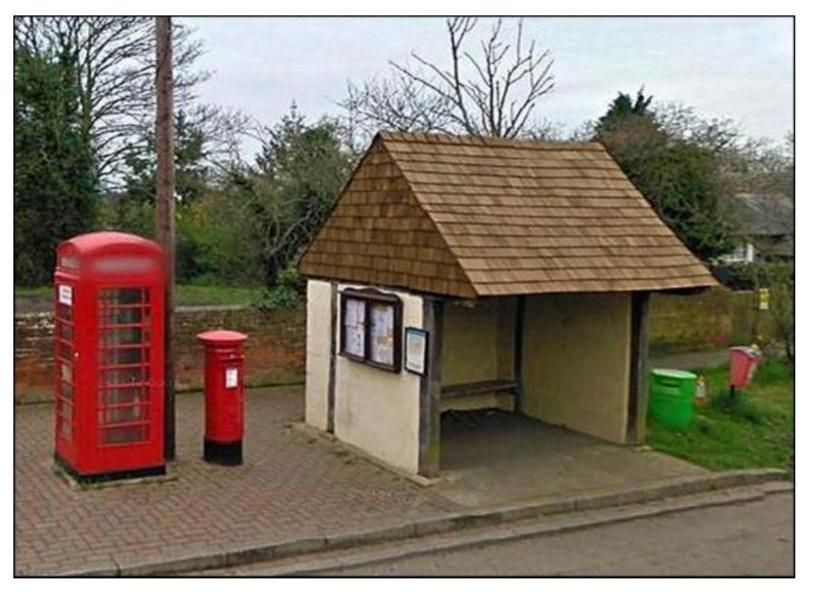
These digital drawings show the involution in greater detail (select to enlarge) ...
original building
sides filled in with windows
back filled in with seat
The Commemorative Phone Box in The
Square
It is not only the bus shelter in the Square that commemorates a past royal event. The red phone box next to it was placed there to commemorate the Silver Jubilee of King George V in 1935. While the bus shelter was built two years later to commemorate the Coronation of King George IV in 1937.
|
This pictures is taken from... www.thek6project.co.uk/.../goldhanger-essex-cm9-8ay and is dated 3rd January 2024 |
|
|
|
|
|
and here is an extract from that site... “The K6 was
designed by Sir Giles Gilbert Scott to commemorate the Silver Jubilee of the coronation
of King George V in 1935. Some 60,000 examples were installed across Britain,
which is why the K6 has come to represent red telephone boxes. Over 11,000
remain and they are the most visible example of kiosk types”. |
||
The telephone kiosk had already been listed on the Engish Heritage and Historic England websites with a date of 1989...
Entry 1337362;
Listed Grade II; Location: Telephone Kiosk, Head St, Goldhanger
This picture is taken from a postcard in the archives which dates from the early 1930s and is the only picture available from the time that shows the phone box...

strangely the box appears to be white
an explanation for this is also given in... www.the-telephone-box.co.uk/kiosks/k3/:
|
“The K3 kiosk is constructed of concrete sections bolted together, standing on a concrete base with a domed roof. The door was teak. The K3 kiosk was introduced in 1929. It was painted a cream colour with red glazing bars. Some 12,000 examples were installed nationwide in the six years before 1935, then the General Post Office commissioned Sir Giles Gilbert Scott to design a new national kiosk, called the K6, to celebrate the Silver Jubilee of the coronation of King George V”. |
|
|
|
|
In
2025 the phone box fully was restored to its former glory thanks to the
Parish Council and the Councillors who personally carried out all the work. |
|


